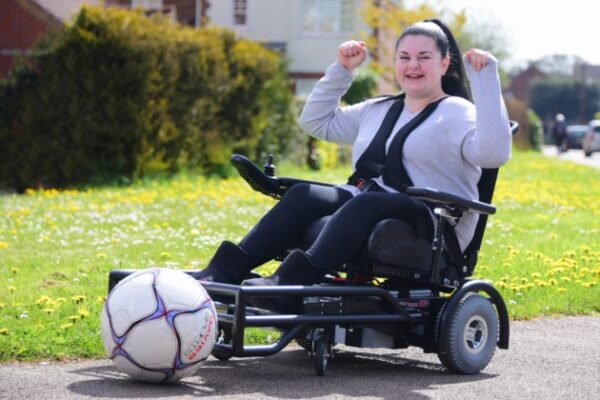Think of your mobility scooter as you would a car – its fuel system needs to be efficient and well-kept. Batteries in this case are the ‘fuel tank’ and should be cared for correctly so that your scooter can perform best.
This article will equip you with the knowledge on when and how to best charge your mobility scooter battery, so you can get where you need to be!
Type of Mobility Scooter Batteries
There are two different type of batteries that your scooter may use: gel batteries or sealed lead-acid batteries. However, they are similar when it comes to charging requirements, which will be explained below.
Gel Batteries and Sealed Lead-Acid Batteries
With both battery types, when brand new, you will need to fully charge them before use. After the first use, simply charge them whenever the battery gauge indicates it’s low. If you have not used the scooter much, and the charge has not reached low on the gauge, then it is advised to recharge them once a week regardless.
This advice changes after you have charged your batteries about twenty times. At this point, you should charge every time you have finished using your vehicle.
Around once every two months, it is recommended that you let the batteries run low so that they can be recharged as if they were new. Think of this process as a ‘reset’ that helps extend the battery-life.
With both battery types, try to avoid running out of charge and be especially careful you don’t get caught out empty and stranded!
Differences Between Battery Types
These two battery types don’t differ when it comes to charging, but they may perform slightly differently. Sealed lead-acid batteries are more reliable and cheaper than the gel equivalent. On the other hand, gel batteries may be more expensive, but they are more resilient to temperature, shock and corrosion, making them more durable. Be careful with overcharging them however, as they can become damaged this way.
Mobility Scooter Battery Charging Tips
Some useful tips to keep in mind:
- Only use the charger you have been supplied with by the mobility vehicle.
- Let your scooter fully charge if you can. Note that this may take over 8 hours, so perhaps charge overnight for convenience.
- Running your battery flat can damage your vehicle and effect the performance, so avoid this.
- If your scooter isn’t going to be used soon, then unplug it and charge it closer to the time instead.
At East Coast Mobility, we have a large range of mobility scooters to suit your needs, as well as conducting regular services and repairs to help you out. Get in touch with our team today to discuss our wide range of product and services. Alternatively, download our free brochure for all the information you need.













